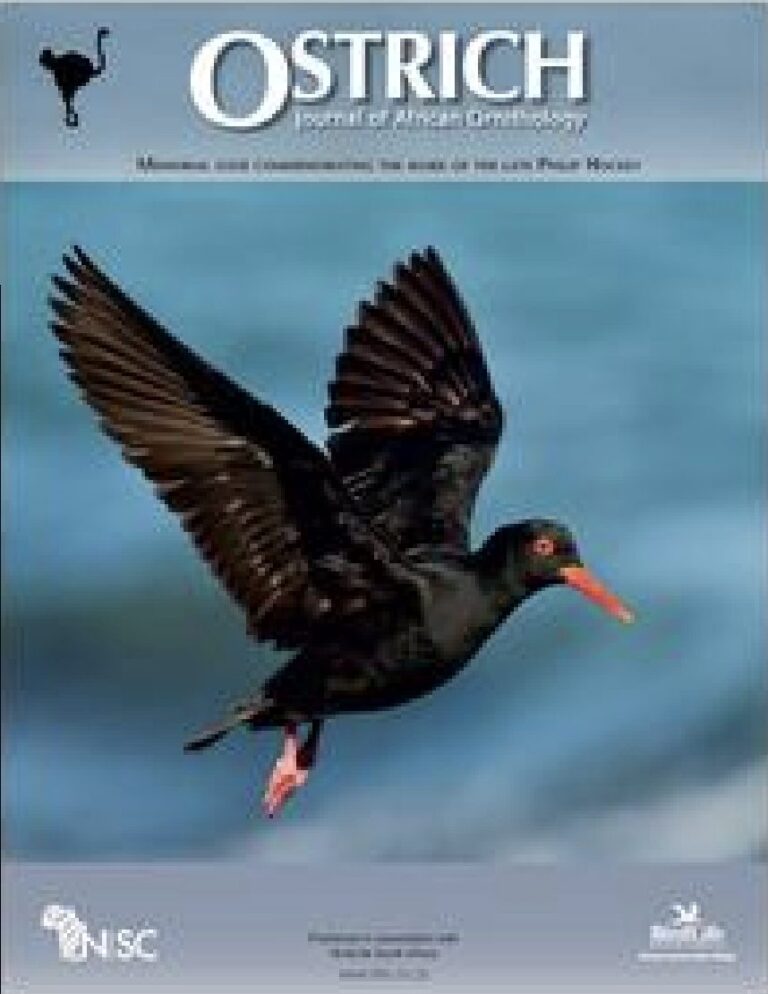Variation in body size, especially mass, is a function of local environmental conditions for any given species. Recent recorded decreases in body size of endotherms have been attributed to climate change in some cases. This prediction is based on the trend of smaller body size of endotherms in warmer climates (Bergmann’s rule) and it implies genetic responses rather than phenotypic flexibility. Alternatively, selection for smaller body size or lower mass could be explained by the starvation-predation hypothesis, where lighter individuals have a higher probability of escaping pursuing predators, such as raptors. Evidence that climate warming is driving patterns of size selection in birds in recent times has been mixed. We inspected data on 40 bird species contributed by bird ringers to the South African Ringing Scheme (SAFRING) for changes in body mass and condition as a function of time (year), minimum temperature of the day of capture, maximum temperature of the previous day, and rainfall data in the south-western Cape Floristic Region (fynbos) around Cape Town, South Africa, for the period 1988–2015. The region shows a warming trend over the study period (0.035 °C yr−1). Interannual body mass and condition change were poorly explained by year or temperature. High daily minimum temperature explained loss of body condition for four species, whereas evidence from recaptured birds indicated negative effects of increasing maximum daily temperature, as well as rain. For the alternative hypothesis, because raptor abundance is stable or only weakly declining, there is little evidence to suggest these as a driver influencing mass trends. Any decrease in body mass over the study period that we observed for birds appear more likely to be plastic responses to stress associated with temperature or rainfall at this time, rather than systematic selection for smaller body size, as predicted by Bergmann’s Rule.
Body mass and condition of a fynbos bird community: investigating impacts of time, weather and raptor abundance from long-term citizen- science datasets


